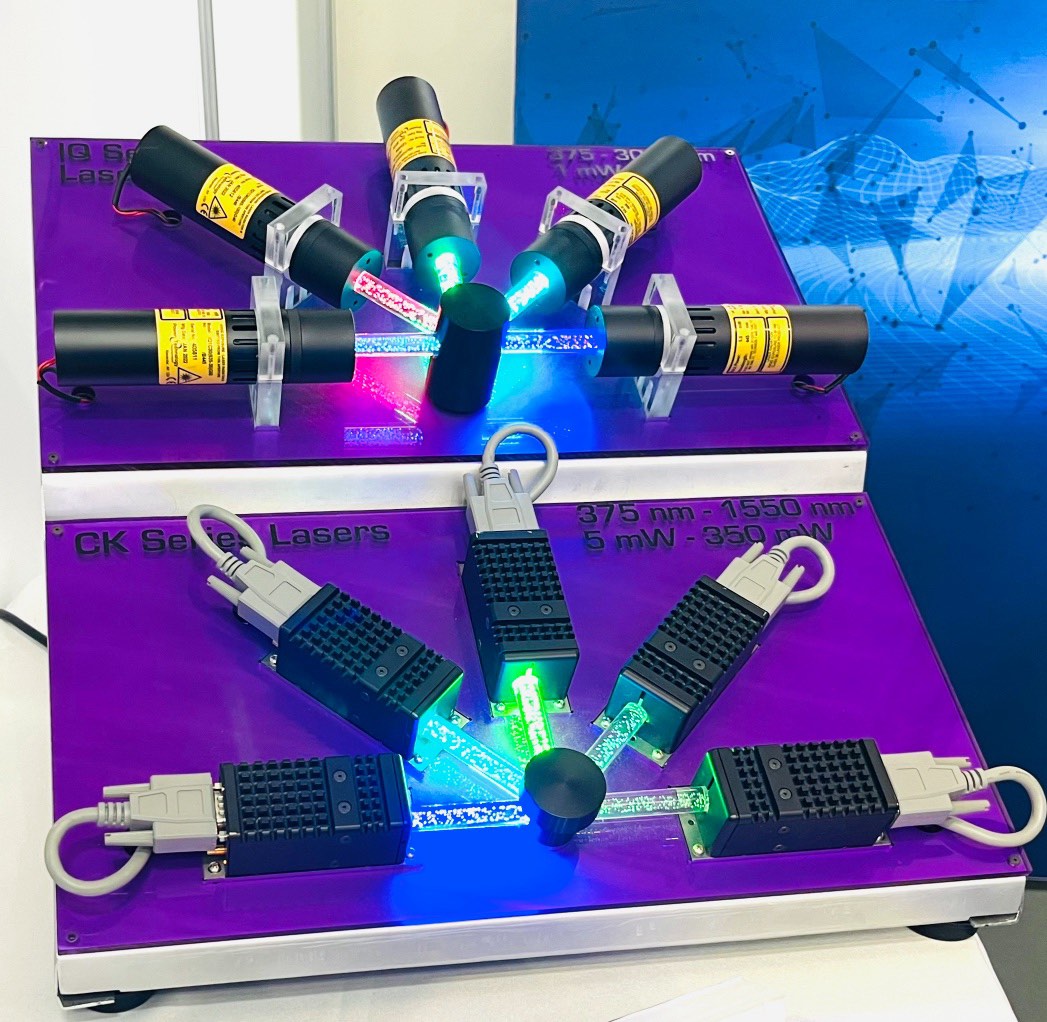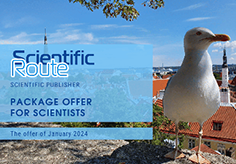Development of a thermodynamic model for optimization of processes in crop production
DOI:
https://doi.org/10.15587/1729-4061.2023.290294Keywords:
thermodynamic model, rheological transitions, agriculture, algorithm, class diagram, photon irradiationAbstract
The agricultural sector faces serious challenges related to climate change. These changes have the potential to reduce yields and food security, highlighting the importance of understanding and managing temperature dynamics. This work is the result of development a thermodynamic model that investigates the dynamics of temperature balance through heat energy transfer. A scheme of rheological heat exchange of an object with an insulated surface and graphs of irreversible rheological transformations are proposed. The main equation of heat exchange with a chemical reaction is given and the equation of the speed of heat energy transfer along the length of the object is derived. Further development of physical-mathematical models of the transformation of thermal energy into a set of states of the object is proposed. The experimental results fully correlate with the heat transfer equation. Samples with tomato seeds were irradiated with a photon irradiator with wavelengths of blue 450 nm, green 550 nm, red 650 nm with an exposure of 12/24 h. As a result, 90 % under the influence of the red spectrum of the photon irradiator for 24 h, which is 24 % more than the control sample. This will make it possible to assess the general temperature regime of agricultural objects and optimize the heating process. This study reveals the essence of temperature regulation at agricultural facilities using a thermodynamic model, which not only takes into account heat exchange, but also includes the influence of chemical reactions. The proposed thermodynamic model and associated equations provide a foundation for future research and practical applications that will ultimately benefit the agricultural industry, global food production
References
- Peace for Food: Our Istanbul Roundtable. Available at: https://www.businessatoecd.org/blog/peace-for-food-our-istanbul-roundtable
- Statistical information. State Statistics Service of Ukraine. Available at: https://www.ukrstat.gov.ua/
- Hase, Y., Satoh, K., Kitamura, S. (2023). Comparative analysis of seed and seedling irradiation with gamma rays and carbon ions for mutation induction in Arabidopsis. Frontiers in Plant Science, 14. doi: https://doi.org/10.3389/fpls.2023.1149083
- Kosugi, S., Momozawa, Y., Liu, X., Terao, C., Kubo, M., Kamatani, Y. (2019). Comprehensive evaluation of structural variation detection algorithms for whole genome sequencing. Genome Biology, 20 (1). doi: https://doi.org/10.1186/s13059-019-1720-5
- Urva, Shafique, H., Jamil, Y., Haq, Z. ul, Mujahid, T., Khan, A. U. et al. (2017). Low power continuous wave-laser seed irradiation effect on Moringa oleifera germination, seedling growth and biochemical attributes. Journal of Photochemistry and Photobiology B: Biology, 170, 314–323. doi: https://doi.org/10.1016/j.jphotobiol.2017.04.001
- Nikiforova, L. E. (2008). Study of the effect of low-energy electromagnetic radiation on the seeds of greenhouse crops. Proceedings of the Tavri State Agro-Technological University. Melitopol.
- Geng, Z., Wang, H., Torki, M., Beigi, M., Zhu, L., Huang, X. et al. (2023). Thermodynamically analysis and optimization of potato drying in a combined infrared/convective dryer. Case Studies in Thermal Engineering, 42, 102671. doi: https://doi.org/10.1016/j.csite.2022.102671
- Minevich, I. E., Uschapovsky, I. V. (2021). Influence of IR radiation on the biological value of flax seeds. Agrarian Science, 11-12, 144–146. doi: https://doi.org/10.32634/0869-8155-2020-343-11-134-136
- Boos, G. V., Prikupets, L. B., Terehov, V. G., Tarakanov, I. G. (2017). Studies in the field of plant irradiation with LEDs. The 10th Asia Lighting Conference. Shanghai.
- Lin, K.-H., Huang, M.-Y., Huang, W.-D., Hsu, M.-H., Yang, Z.-W., Yang, C.-M. (2013). The effects of red, blue, and white light-emitting diodes on the growth, development, and edible quality of hydroponically grown lettuce (Lactuca sativa L. var. capitata). Scientia Horticulturae, 150, 86–91. doi: https://doi.org/10.1016/j.scienta.2012.10.002
- Johnson, A. J., Meyerson, E., de la Parra, J., Savas, T. L., Miikkulainen, R., Harper, C. B. (2019). Flavor-cyber-agriculture: Optimization of plant metabolites in an open-source control environment through surrogate modeling. PLOS ONE, 14 (4), e0213918. doi: https://doi.org/10.1371/journal.pone.0213918
- Stenzel, Y. I., Zlepko, S. M., Pavlov, S. V. (2013). Physical and mathematical modeling of thermodynamic methods of diagnosing the state of human health. Optical-electronic information and energy technologies. Vinnytsia, 66–72.
- Wojcik, W., Pavlov, S. (Eds.) (2022). Highly linear Microelectronic Sensors Signal Converters Based on Push-Pull Amplifier Circuits. Lublin, 283.
- Titova, N. V., Stenzel, Y. I., Pavlov, S. V., Zlepko, S. M. (2017). Modeling of thermodynamic methods in biological objects for reproduction in the fishery. Application of lasers in medicine and biology: materials of the XLVI international scientific and practical conference. Kharkiv: FOP Petrov V., 137–139.
- Horobets, V. G. (2015). Heat engineering and use of heat in agriculture. Kyiv, 389.
- Didur, V. A., Struchaev, M. I. (2008). Heat engineering, heat supply and use of heat in agriculture. Kyiv: Agrarian Education, 233.
- Spivak, O. Yu., Resident, N. V. (2021). Heat and mass exchange. Part I: study guide. Vinnytsia: VNTU, 113.
- Rubin, A. B. (1999). Biophysics. Vol. 1. Theoretical biophysics. Moscow: Moscow University Publishing House, 448.
- Wójcik, W., Pavlov, S., Kalimoldayev, M. (Eds.) (2019). Information Technology in Medical Diagnostics II. CRC Press. doi: https://doi.org/10.1201/9780429057618
- Wójcik, W., Smolarz, A. (Eds.) (2017). Information Technology in Medical Diagnostics. CRC Press. doi: https://doi.org/10.1201/9781315098050
- Yessenova, M., Abdikerimova, G., Adilova, A., Yerzhanova, A., Kakabayev, N., Ayazbaev, T. et al. (2022). Identification of factors that negatively affect the growth of agricultural crops by methods of orthogonal transformations. Eastern-European Journal of Enterprise Technologies, 3 (2 (117)), 39–47. doi: https://doi.org/10.15587/1729-4061.2022.257431

Downloads
Published
How to Cite
Issue
Section
License
Copyright (c) 2023 Orken Mamyrbayev, Waldemar Wojcik, Nataliia Titova, Sergii Pavlov, Dina Oralbekova, Assel Aitkazina, Nurdaulet Zhumazhan

This work is licensed under a Creative Commons Attribution 4.0 International License.
The consolidation and conditions for the transfer of copyright (identification of authorship) is carried out in the License Agreement. In particular, the authors reserve the right to the authorship of their manuscript and transfer the first publication of this work to the journal under the terms of the Creative Commons CC BY license. At the same time, they have the right to conclude on their own additional agreements concerning the non-exclusive distribution of the work in the form in which it was published by this journal, but provided that the link to the first publication of the article in this journal is preserved.
A license agreement is a document in which the author warrants that he/she owns all copyright for the work (manuscript, article, etc.).
The authors, signing the License Agreement with TECHNOLOGY CENTER PC, have all rights to the further use of their work, provided that they link to our edition in which the work was published.
According to the terms of the License Agreement, the Publisher TECHNOLOGY CENTER PC does not take away your copyrights and receives permission from the authors to use and dissemination of the publication through the world's scientific resources (own electronic resources, scientometric databases, repositories, libraries, etc.).
In the absence of a signed License Agreement or in the absence of this agreement of identifiers allowing to identify the identity of the author, the editors have no right to work with the manuscript.
It is important to remember that there is another type of agreement between authors and publishers – when copyright is transferred from the authors to the publisher. In this case, the authors lose ownership of their work and may not use it in any way.








